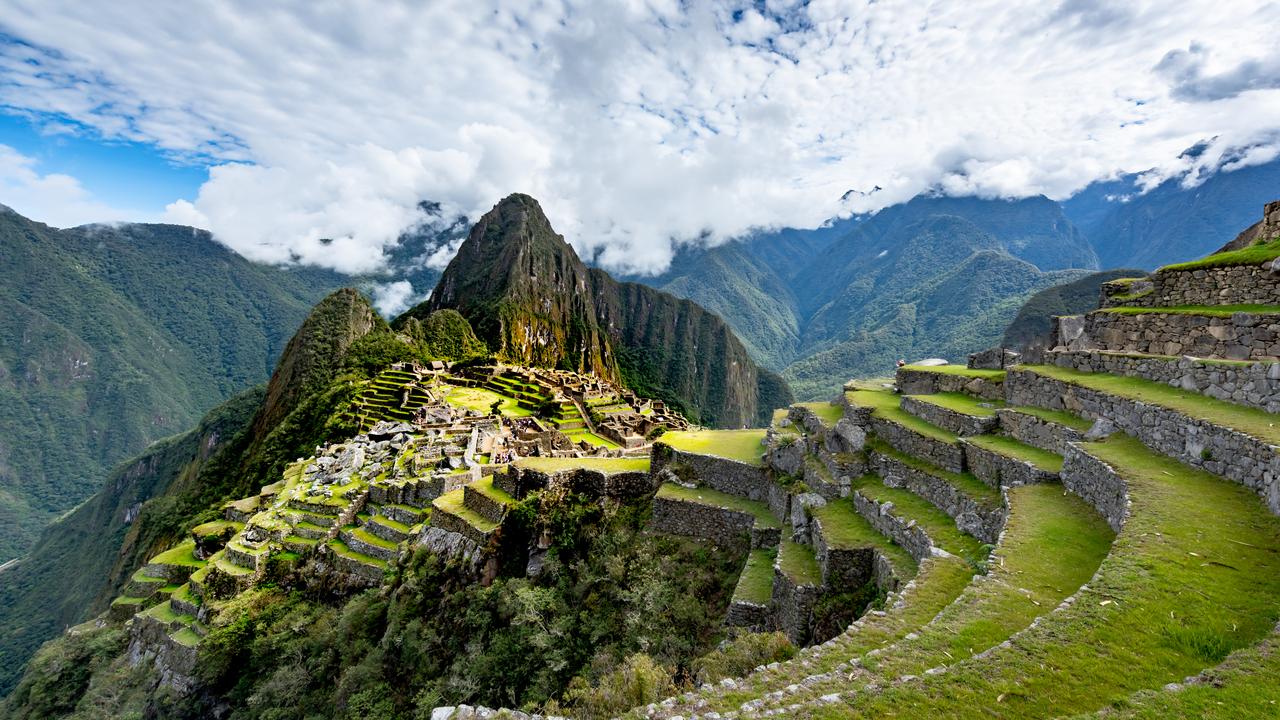Scientists baffled by dead bodies mummifying in mountain town
Deceased residents in a Colombian mountain town spontaneously mummified without preservatives – baffling scientists.
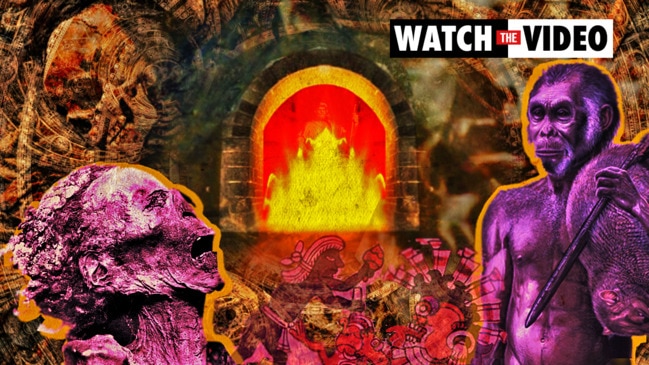
No need for embalming fluid in this mysterious village.
In a scenario straight out of a zombie apocalypse movie, deceased residents in the Colombian mountain town of San Bernardo spontaneously mummified without preservatives — and with their clothes, hair and even eyes often still intact, NY Post reports.
“People were a little incredulous about what was happening,” Rocio Vergara, a guide at the town cemetery’s Museum of Mummies, told AFP.
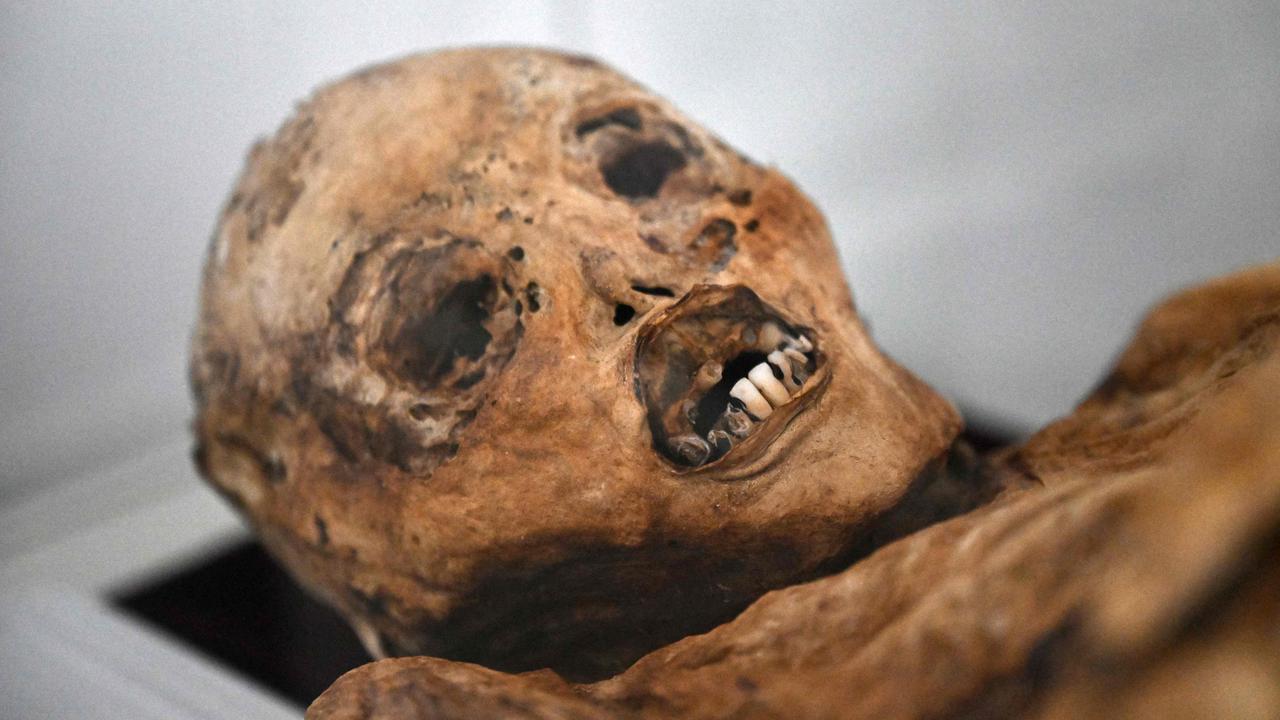
The petrified corpses, which belong to people born in roughly the past century, were first exhumed in the 1950s from the alpine village’s cemetery after it was relocated because of a flood.
While this initially seemed like an isolated incident, more and more of these bodies were unearthed.
At the height of the exhumations in the 1980s, San Bernardo residents were reportedly digging up as many as 50 per year.
Now, a dozen or so of the best-preserved specimens are on display at the Jose Arquimedes Castro Mausoleum for all to see.

Some of the cadavers appear so decomposition-proof that even their most perishable features — the eyes, clothes and hair – remain in remarkable condition.
“She still has her little brown face, round, her braids, her hair,” Clovisnerys Bejarano, 63, said while describing her mother, Saturnina, who died 30 years ago and is on display at the historical preservation society.
The deceased mum is reportedly garbed in the same dress she was interred in, clasping a carnation in her incredibly well-preserved hands.
The reason for these spontaneous mummifications remains unclear; however, numerous theories have been floated.
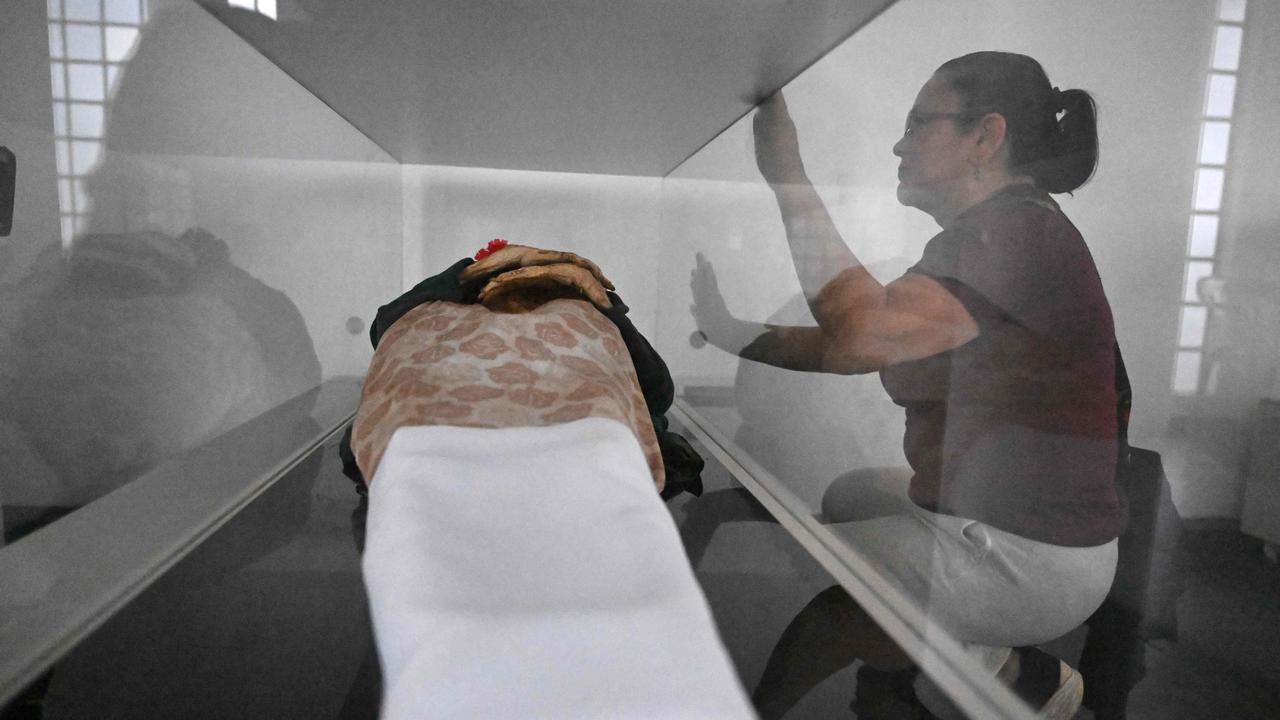
According to Ms Vergara, some locals believe that the post-mortem fountain of youth is a reward for people who were “too good” while alive, though others consider it a “punishment” akin to eternal damnation.
Some San Bernardo residents attribute the phenomenon to the locals’ diet of guatila and balu, two indigenous fruits commonly consumed in the region.
However, that explanation is a tad suspect, given that the cadavers’ clothing is also in perfect condition.
Some experts think the mummifications have to do with the bodies’ place of burial in arid, above-ground vaults, which they feel could act as a natural embalming agent.
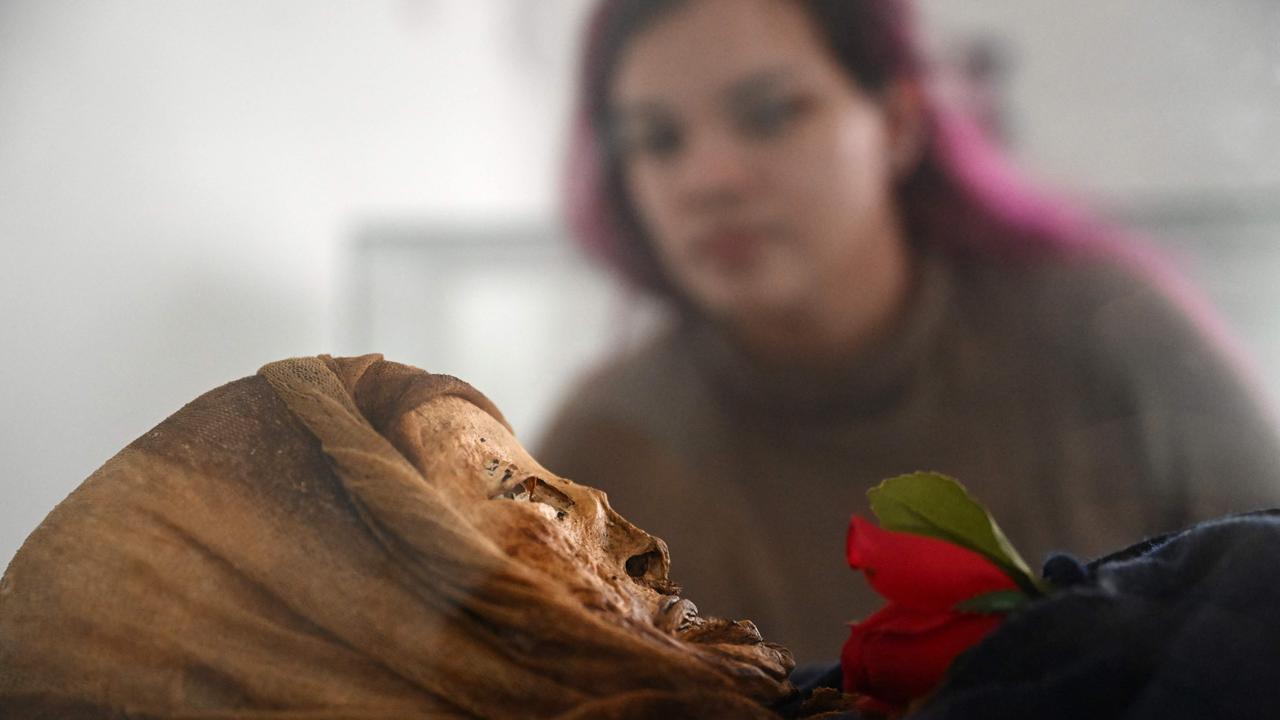
Before the opening of the sites, there were no recorded cases of preservation in San Bernardo’s previous graveyards.
“The wind is constantly blowing as it is hot,” said Daniela Betancourt, an anthropologist at the National University of Colombia. “It is possible to assume that the vaults work like an oven … they dehydrate you.”
However, there haven’t yet been any studies on “what specific conditions are the ones that cause people to mummify,” she said.
Ms Bejarano suggested that it’s not people’s place to ask questions, declaring: “If God wanted to preserve her, it must be for a reason.”
This article originally appeared on New York Post and was reproduced with permission





